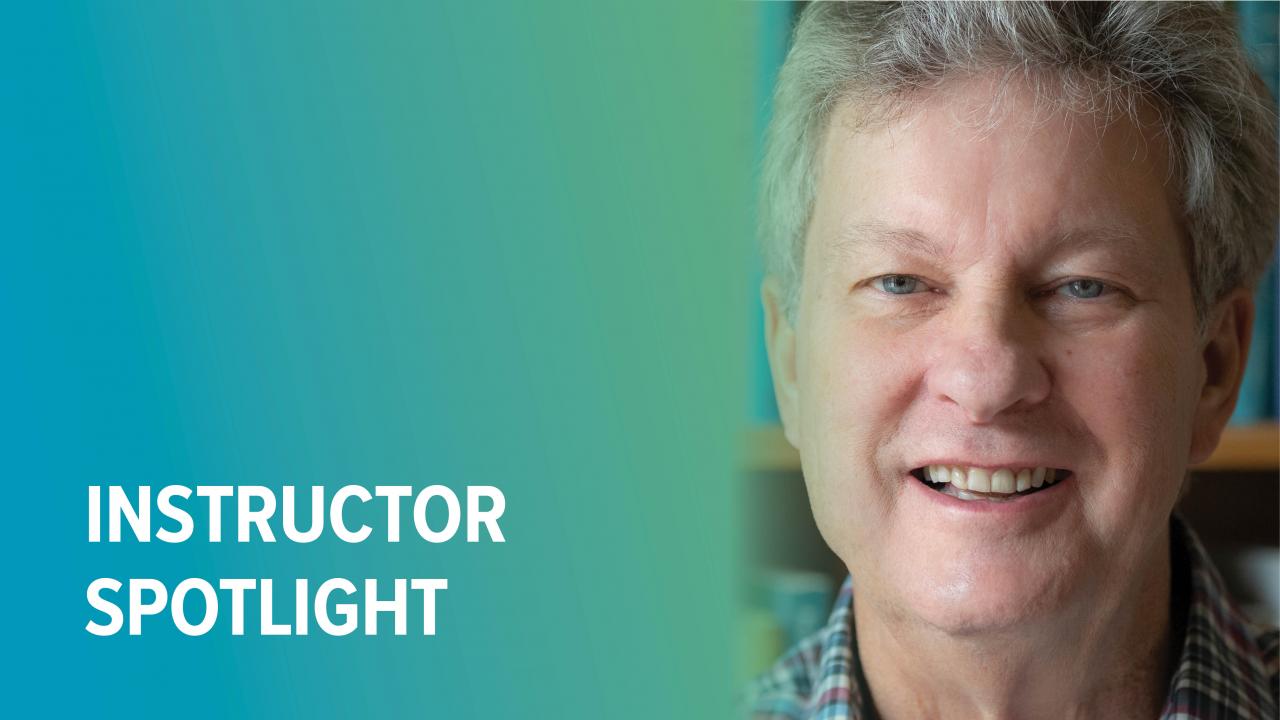
Instructor Spotlight: Sean Barry
Sean Barry is a herpetologist, conservation biologist and independent consultant with more than 50 years of experience with California amphibian and reptile populations. As a researcher on threatened and endangered species for the California Department of Fish and Wildlife, Barry was involved in the California amphibian and reptile conservation program from its inception in 1970. He conducts natural history research and population status work on threatened and endangered amphibians and reptiles in association with Gary Fellers at the U.S. Geological Survey laboratory in Point Reyes, California.
Barry teaches the Special Status Amphibians and Reptiles of Northern California course for the Planning and Sustainability Program.
What do you enjoy most about teaching?
I particularly enjoy students’ questions about the material—I’m always impressed with how much the questions reveal about the students’ understanding of the material, which provides satisfaction and insight into areas where I could improve the presentation
How would a student describe your teaching style?
Most students would probably describe my style as casual, with lots of personal insight regarding the animals I discuss. Every year I learn more about what constitutes an effective [teaching] style, and I try to adopt new strategies to the greatest extent possible.
Describe a moment where, as a teacher, you feel like you had an impact on a student’s life. What was the situation? What happened? How did you know you know you had an impact? How did it make you feel?
I’ve encountered a number of students who were skeptical of protecting animals such as amphibians and reptiles that they viewed as “unimportant.” The first time I was aware that my teaching might be having an impact on such views occurred when an agency administrator switched rather abruptly from asking somewhat confrontational questions to asking for more details on the life history of pond turtles, which occurred about two thirds of the way through my presentation. It was clear that the student had found something of interest in the material and the species we were covering. The entire interaction was satisfying, not only because I was able to help a student see the value in protecting endangered species, but also for the insight it gave me regarding a perspective different from my own. That insight opened the door to some new teaching approaches.
In your opinion, what separates the UC Davis Continuing and Professional Education Natural Resources program from other programs?
The large number and great variety of course offerings and certificate programs at UC Davis Continuing and Professional Education contrast strongly with most other such programs that I have examined. UC Davis Continuing and Professional Education strives through workshops, student feedback and enrollment trends to assist its faculty in improving teaching strategies and methods.
